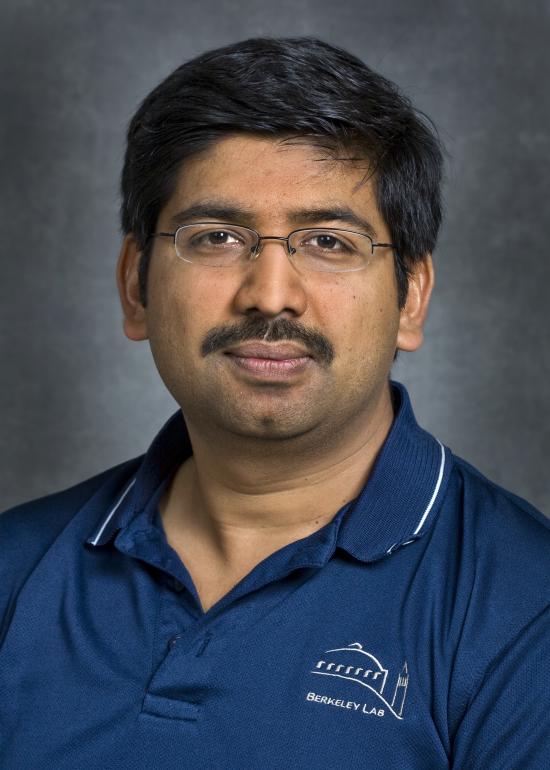Deep Learning for Science
Deep learning has enabled major breakthroughs in the fields of computer vision, speech recognition, and control systems. These breakthroughs have enabled a host of commercial applications. In our first webinar of the Deep Learning Webinar Series, we will discuss the following questions:
- Can deep learning revolutionize scientific applications?
- Can deep learning effectively process scientific data?
- What are the similarities and differences between commercial and scientific applications?
We will explore the answers to these questions through a range of use cases spanning astronomy, cosmology, climate, neuroscience, and nuclear and particle physics.
Attendance is limited to 500; please connect to the webinar early to guarantee a spot.
-
If you are a MIDS student, log in with your normal credentials; otherwise, type in your name and enter the room as a guest. There may be a short waiting period; please be patient.
-
When you get into the room, a popup window will appear with instructions to connect your audio.
-
If you are accessing the session from within the United States, click on the “Dial-Out” option, type in your phone number and choose “Join.” You will receive a call directly from the room's conference line. Answer it to connect to the lecture's audio.
-
If you are accessing the session from outside of the United States, click on the “Dial-In” option. The conference number and participant code will appear so that you can access the audio from your phone or Internet phone service.
-
To run a compatibility test to ensure that your system is properly configured, please go to http://link.datascience.berkeley.edu/907SFM2620001Lz004c9Q00
Prabhat leads the Data and Analytics Services team at the National Energy Research Scientific Computing Center. His current research interests are in applied statistics, machine learning, and high performance computing. He has previously worked on topics in scientific data management, parallel I/O, scientific visualization, computer graphics, and computer vision.










